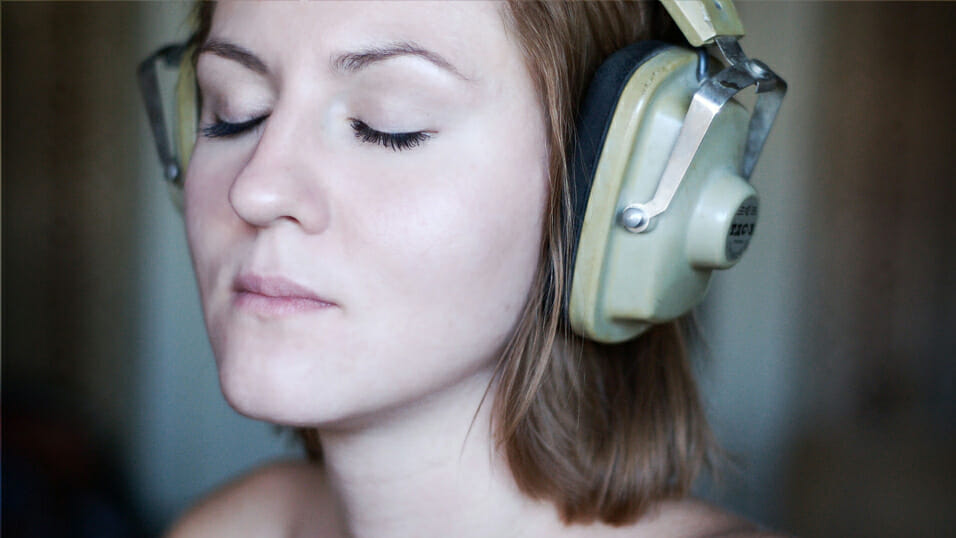Acoustic Assistance: New Tinnitus Research Reassesses Frequency

On a good day, tinnitus resembled sirens and howling wind for singer-songwriter Ryan Adams. On a bad day, the sounds emulated standing in front of jet engine, he once told Us Weekly. Adams said the high-pitch frequency in his left ear was near constant a decade ago and led to a tinnitus diagnosis.
Not everyone with tinnitus experiences such extreme symptoms, but anyone who has lived with the ringing, buzzing or hissing knows the emotional and physical toll it takes. Losing trust and control over hearing, including the annoying ongoing internal sound, leads to emotional and psychological stress.
Often described as a phantom sound, tinnitus is an audiological and neurological condition that causes perception of an inner-ear frequency without an external source, according to the American Tinnitus Association. It is associated with hearing loss and a diminished quality of life, and it may affect as many as 1 in 5 Americans, according to the Mayo Clinic.
Since tinnitus isn’t a disease, rather a condition based on patient reports, diagnosis and treatments vary widely. Because there is no known cure, experts disagree on the best way to help. Mostly, they try to address the symptoms, such as depression, anxiety, insomnia and concentration issues.
But now, music therapy could be the answer, Neurology Now reported this month. It retrains the brain to accept a “new normal” that includes the annoying humming.
Neuro-music therapy, for example, uses tone sequencing to train the auditory system to adjust to the internal sound and decrease sensitivity to the frequency. Because tinnitus ringing is an auditory perception like music, neuro-music therapy intervention supplements the symptoms with external acoustics to re-map a patient’s response to the internal ringing.
For this sort of music therapy to be effective, each patient’s specific pitch has to be measured and matched. In fact, traditional music therapy methods may be falling short because they don’t measure and match tinnitus frequency, which can vary day-to-day.
To increase effective response to neuro-music therapy and decrease tinnitus perception over time, pitch-matching should be routinely tested, researchers at the German Center for Music Therapy Research said in the Journal of the American Academy of Audiology. The data suggests that daily frequency tests help sound therapists adjust as patients’ internal frequencies fluctuate.
The study used the Heidelberg Model of Music Therapy for Chronic Tinnitus, which has shown to effectively reduce symptoms by establishing a tinnitus-equivalent sound that helps patients externalize a pitch previously only heard internally. Other studies have suggested that this practice can be therapeutic in and of itself by validating patients’ experiences as part of the methodology.